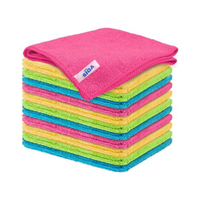Are these mirror cleaning mistakes ruining your shine? Professional cleaners reflect on what we're doing wrong
Getting a great shine is all about technique, professionals say
- (opens in new tab)
- (opens in new tab)
- (opens in new tab)
- Sign up to our newsletter Newsletter
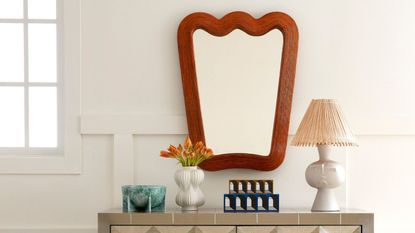

Despite sounding simple, it is easier to make mirror cleaning mistakes than you might think, leading to less-than-impressive shine and dulled reflections.
It turns out there are approved techniques for cleaning a mirror without streaks – and some common household cleaning practices could be tainting the overall shine of your home's mirrors, experts say.
Here, professional cleaners have broken down the nine mirror cleaning mistakes you might be making, and explain what you can do instead.
Mirror cleaning mistakes
From dirty cloths to poor buffing, who knew these techniques would lead to a duller than ever mirror?
1. Using a dirty cloth
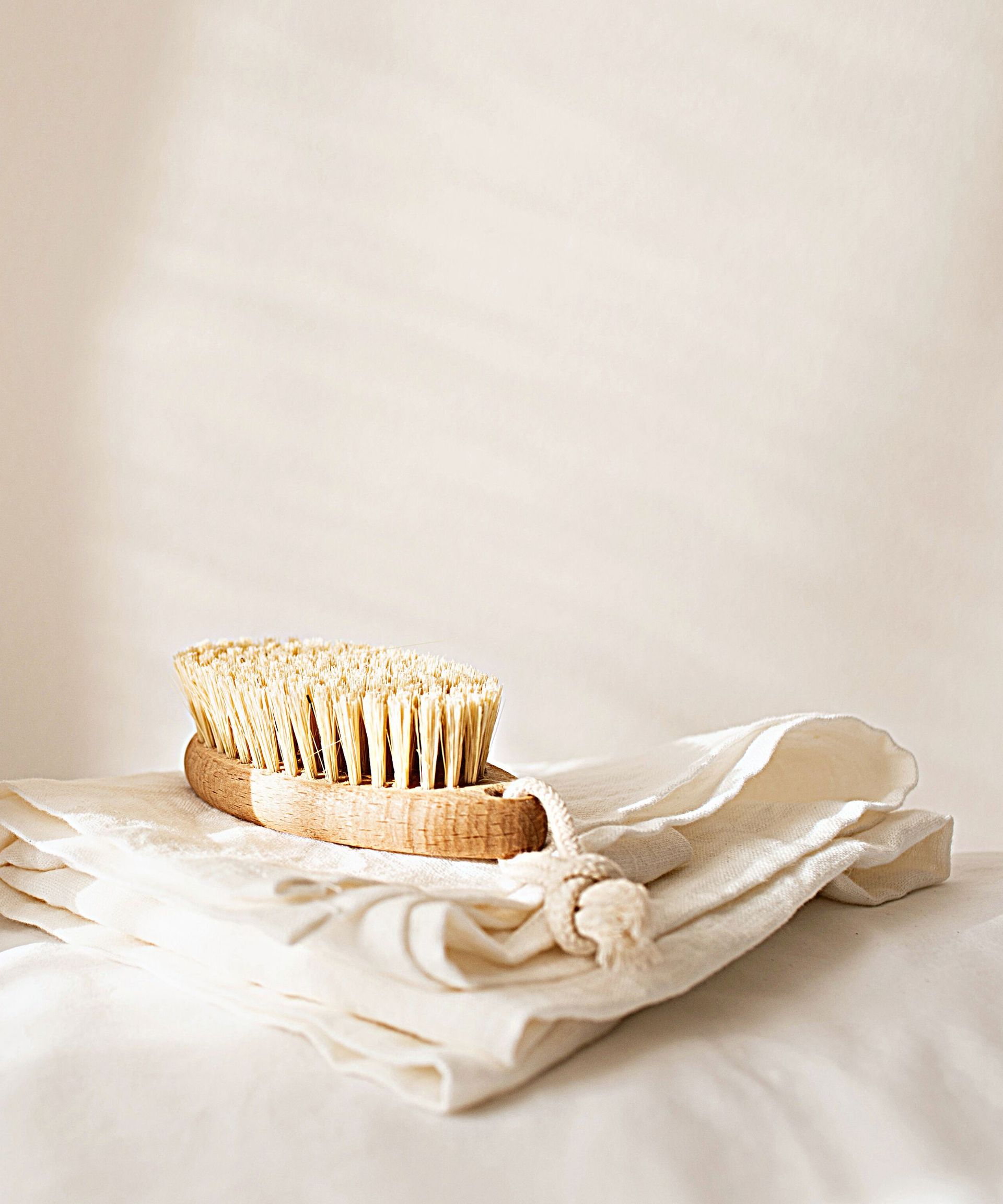
‘Using a dirty cloth is a common mirror cleaning mistake, and it is one that should be avoided for all household cleaning tips, says Alicia Sokolowski, president and co-CEO at the eco-friendly cleaning company, AspenClean (opens in new tab). ‘If you want to use a cloth that looks “clean” to you, but you haven’t actually washed it, then the chances are, it is not. There is likely dirt or dust left on it from your last clean, and you will be transferring old dust to your mirror.’
‘The best type of cleaning cloth to give your mirrors a streak-free shine is a window and glass cloth,’ adds Laura Mountford, founder of LauraCleanaholic (opens in new tab). ‘One of my favorites is the Spontex (available on Amazon) (opens in new tab) as they do not scratch mirrors, they are absorbent so soak up any moisture and they leave a lovely sparkle with no smears.’

Alicia is the president and Co-CEO at AspenClean. With over 17 years of experience, Alicia specializes in creating healthier, green alternatives to chemical-based cleaning products and services and demonstrating how it can be easy to go green when cleaning.
2. Using paper towels

When quickly cleaning a bathroom, it can be tempting to grab a paper towel from the bathroom vanity to quickly wipe the mirror down – but it often does more harm than good.
‘Many people use paper towels to clean mirrors, but the best thing to use is a microfiber cloth,’ advises Sara San Angelo, professional cleaner and founder of Confessions of a Cleaning Lady (opens in new tab).
‘Even the highest quality paper towels can leave lint on your mirror. Microfiber cloths are designed to absorb and trap anything they come into contact with, without leaving streaks or lint, provided your microfiber cloth is clean.’
Microfiber Cleaning Cloths – was $15.99, Now $12.99 at Amazon (opens in new tab)
These ultra-soft and highly absorbent microfiber cleaning cloths are great for cleaning windows, kitchenware, cars, or other delicate surfaces.

Sara San Angelo, a.k.a The Cleaning Lady, is a professional house cleaner with over 20 years of experience cleaning houses. She also runs a successful blog, Confessions of a Cleaning Lady, which is full of great cleaning tips, product reviews, and hilarious stories about her 'train wreck' clients.
3. Using the same sponge as the rest of the room
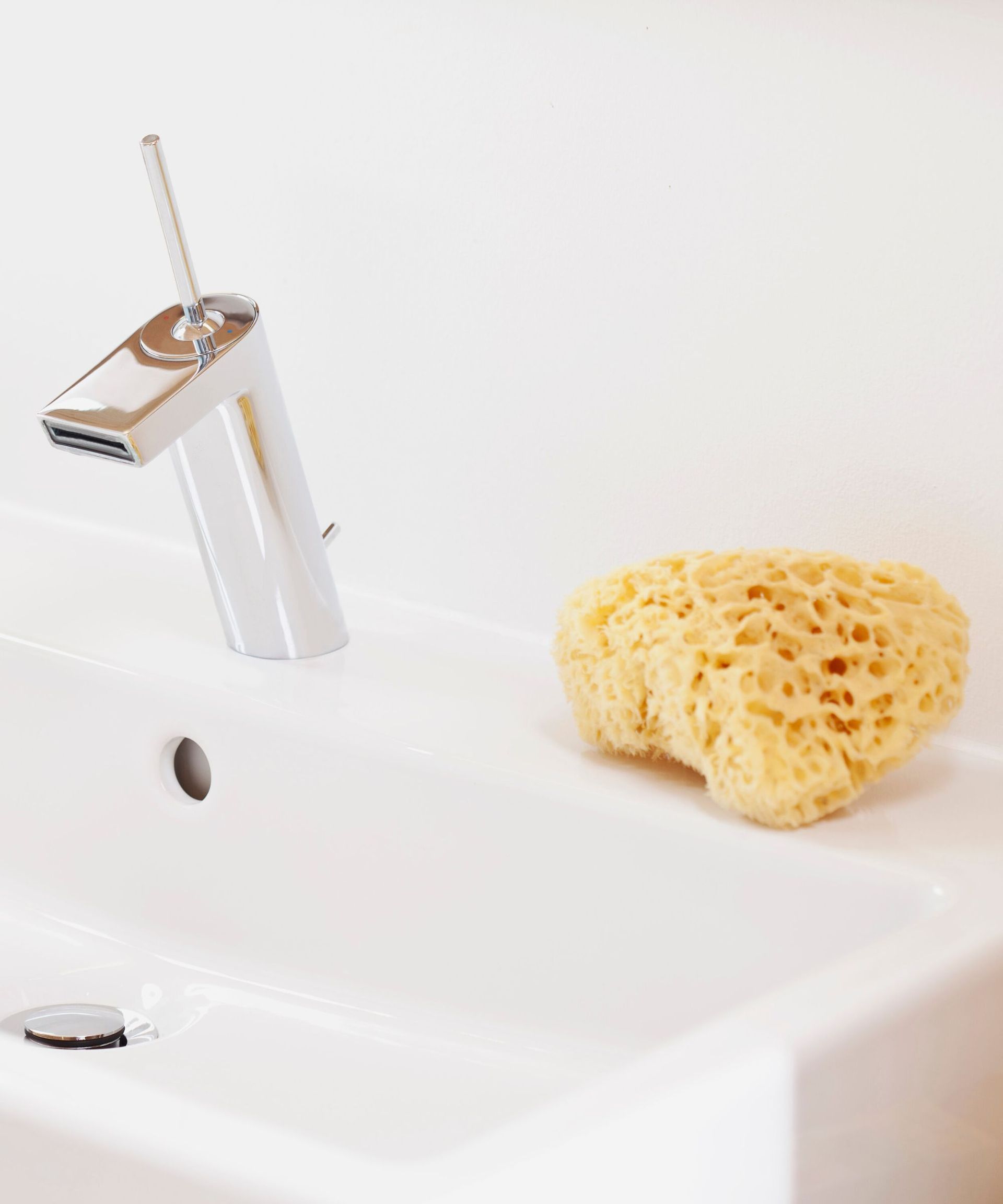
‘Using a sponge you already use for cleaning a bathroom sink or the toilet, for example, will only spread bacteria and grime around your bathroom,’ says Alicia Sokolowski of AspenClean. ‘Don’t make that mistake!'
4. Not removing dust before using cleaning products

Also a common window cleaning mistake, forgetting to remove dust with a cloth damp with water first will just spread the dirt around your mirrors as you try to buff.
‘If your mirror is particularly dirty or in a high-traffic area then the likelihood is that you will need to give it a deep clean before polishing it so as to remove the dust and dirt build-up,’ explains Laura Mountford of LauraCleanaholic.
‘To do this simply use a microfiber cloth, a small amount of washing-up liquid and warm water then wipe, then use a squeegee or window vac to remove the moisture before polishing it with either distilled white vinegar or a window and glass cloth.’

Social media content creator and influencer Laura Mountford have a loyal following of 450k on Instagram and 200k+ on TikTok. She uses her platforms to get her followers excited about cleaning, and shares cleaning tips to help her growing audience enjoy looking after their homes.
5. Using too much cleaner at a time
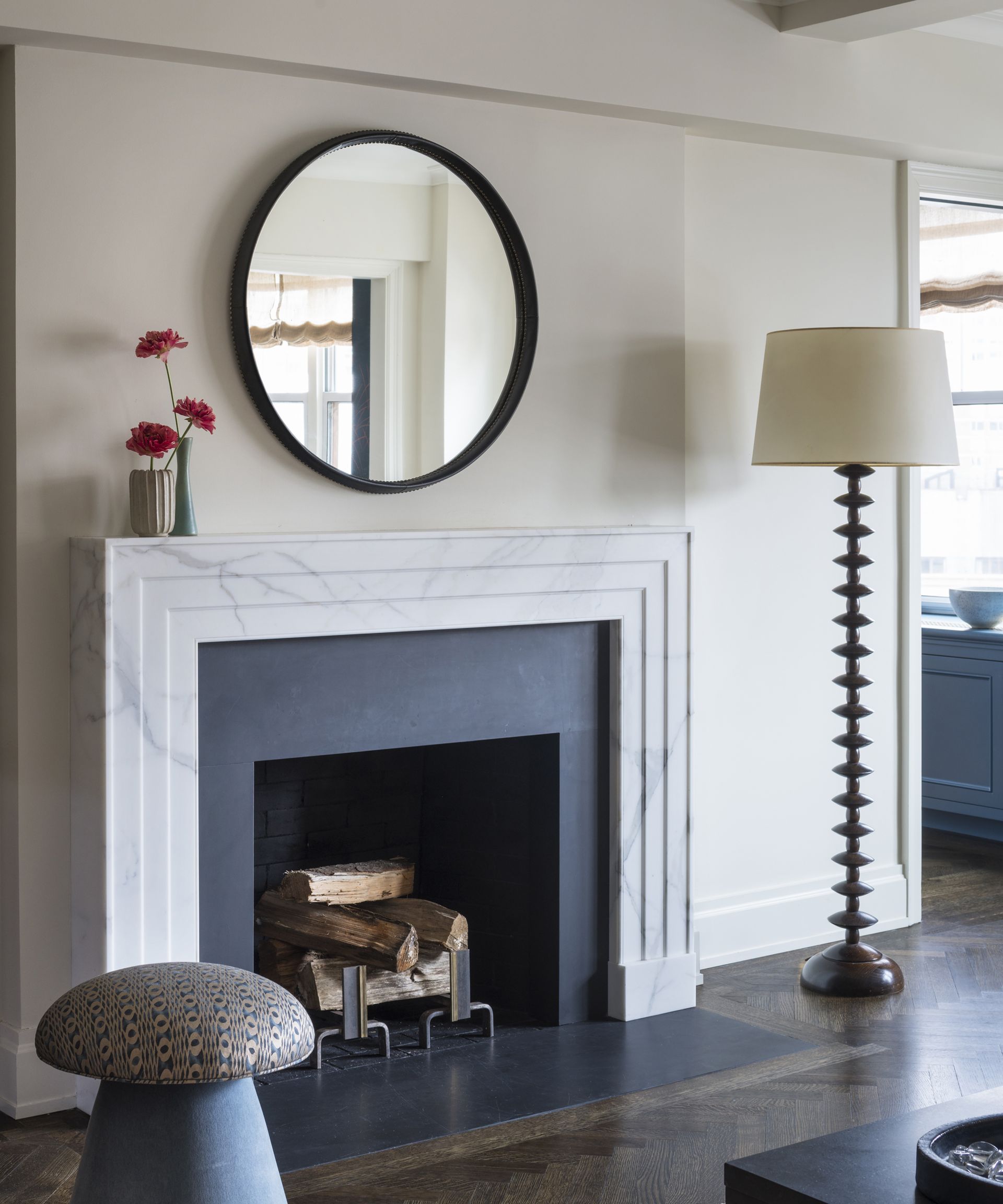
‘Using too much product can be difficult to remove, causing smears,’ explains Laura Mountford. ‘You only need to spritz a couple of times and you will have plenty of product for a sparkling shine.’
6. Spraying the product directly on the mirror
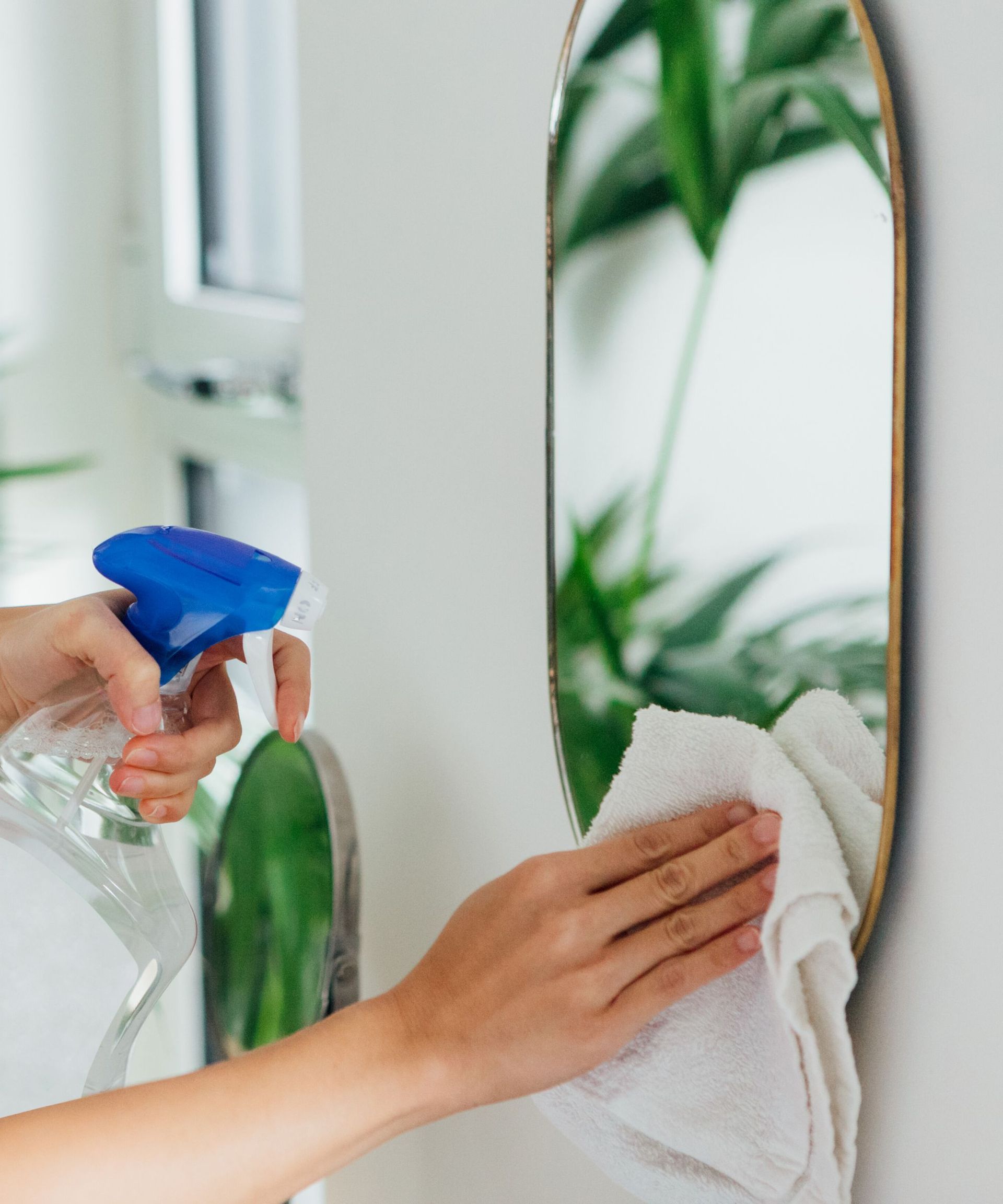
‘You should never spray products directly on a mirror,’ Alicia Sokolowski warns. ‘Adding cleaning products to the cloth instead is a better solution, not only to prevent over saturating the mirror (leading to streaks) but to help save cleaner, and therefore money, too.’
7. Not using a pattern when cleaning a mirror
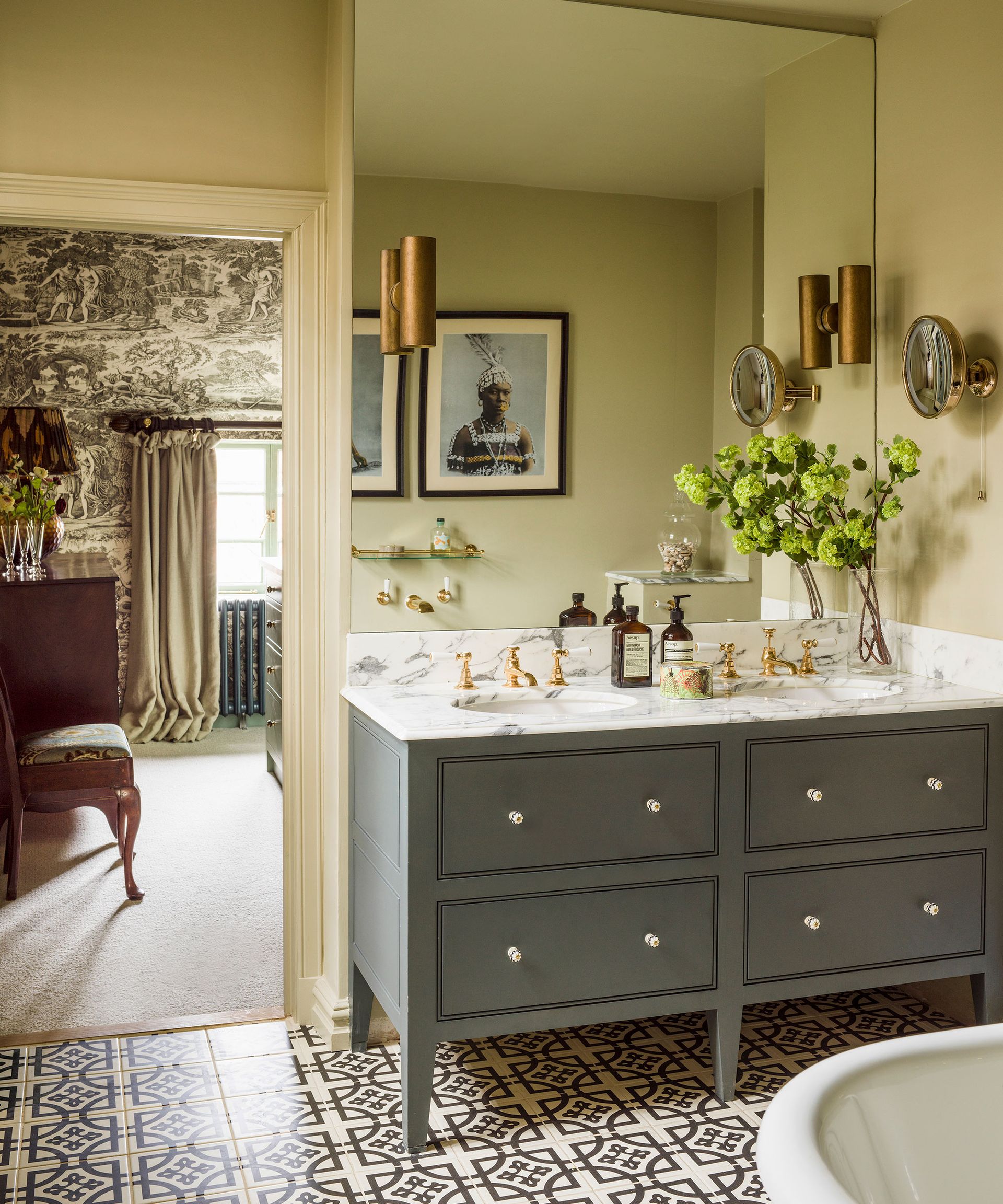
‘Not having an organized pattern while cleaning mirrors is a lesser known mistake,’ adds AspenClean's Alicia Sokolowski. ‘You should always clean from top to bottom and in horizontal lines across the mirror, or the most popular movement would be the “Z” shape, back and forth, still working from top to bottom.’
8. Not using a natural-based glass cleaner to add shine

‘A lot of household cleaning products have chemical or toxic products in their ingredients which are really bad for your health and the planet,’ Alica explains. ‘Switching to a natural/eco-friendly glass cleaner (like ours from AspenClean (opens in new tab)) that will put all the ingredients on the label should be one of your goals when it comes to cleaning.’
Mirrors are also one of many household things you can clean with vinegar. Simply mix equal parts distilled water and white vinegar in a spray bottle like this on Amazon (opens in new tab). You can even add a few drops of a nice-smelling essential oil to help neutralize the strong vinegar scent.
Natural Glass Cleaning kit - Was, $19.98, Now $17.99 at AspenClean (opens in new tab)
This Glass Cleaning Kit is all-natural. It contains Glass Cleaner & Microfiber Cloth and is your best solution for streak-free cleaning of your glass, windows & mirrors.
9. Not buffing once you have finished cleaning

Once the product has been removed, then you can buff the mirror with a dry cloth to help it shine, says Laura Mountford. ‘Be sure to wipe in a consistent motion when buffing your mirrors to get the best streak-free shine; I find the best way is to go top to bottom and buff in small circular motions.’
The same technique can be applied to glass around the home too – from cleaning glass shower doors to cleaning windows without streaks.
Why is my mirror still dirty after cleaning it?
If your mirror still looks cloudy after cleaning it may be going through a process called desilvering. Typically seen on less expensive mirrors, desilvering is when the quality of the mirror degrades after years of cleaning. You may also begin to notice some black spots in the sheen too.
Will rubbing alcohol damage a mirror?
Rubbing alcohol is an effective cleaner for mirrors as it does not interact with the coating or scratches on the surface. It is an especially good cleaner if your mirror has become covered in makeup or hair care products such as sticky setting sprays and hairspray.
Use rubbing alcohol on a clean cloth to wipe a mirror from top to bottom before wiping with plain water and drying to prevent streaks.

Chiana is a junior writer for Homes & Gardens having joined Future plc as a new graduate in 2022 after achieving a 1st class degree in Literature at university. She first became interested in design as a child after spending her summers helping her parents redecorate her childhood home. As a long-time reader of Future’s homes titles, Chiana is constantly finding new inspiration at work as she focuses on emerging trends, how-to’s, and news pieces.
-
-
 Robert Pattinson just bought a Spanish Colonial-style home – with an interior designer past
Robert Pattinson just bought a Spanish Colonial-style home – with an interior designer past'The Batman's' Robert Pattinson and Suki Waterhouse purchased the Jeff Lewis-designed Hollywood Hills estate for $5.3 million
By Megan Slack • Published
-
 7 expert-approved methods to remove candle wax from carpet
7 expert-approved methods to remove candle wax from carpetCleaning professionals share their tips on how to remove candle wax from carpet
By Millie Hurst • Published
